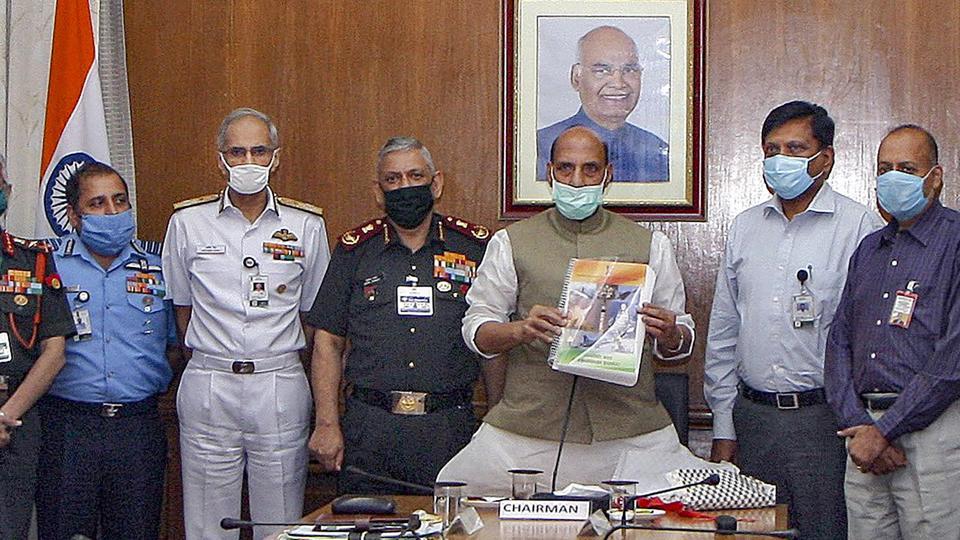prasad1
Active member
India’s defence acquisition council (DAC) on Monday cleared the decks for the purchase of military hardware worth Rs 2,290 crore, including assault rifles for frontline troops from the United States and the smart anti-airfield weapon, a defence ministry spokesperson said.
The Indian Army is laying the groundwork to buy an additional 72,000 Sig Sauer assault rifles from the US, officials said. These rifles will cost Rs 780 crore, the spokesperson said.
This proposed purchase follows an order for 72,400 assault rifles placed with the US last year. India signed the previous order worth Rs 700 crore in early 2019 and the deliveries of all the rifles have been completed.
The DAC, headed by defence minister Rajnath Singh, also cleared the purchase of the smart anti-airfield weapon at a cost of Rs 970 crore to add to the firepower of the navy and the air force, the ministry said in a statement.
“The DAC approved procurement of static HF transceiver sets…The HF radio sets will enable seamless communication for the field units of army and air force and are being procured at an approximate cost of Rs 540 crore,” it added.
The Sig Sauer rifles are being bought to meet the army’s requirement of a total of eight lakh assault rifles. The new assault rifles will gradually replace the flaw-ridden 5.56mm INSAS (Indian Small Arms System) rifles inducted around 22 years ago.
The remaining requirements of the army will be met through a Make in India project for the local production of AK-203 assault rifles at Amethi’s Korwa, and this procurement is in its final stage.

 www.hindustantimes.com
www.hindustantimes.com
What happened to "Make in India"?
The Indian Army is laying the groundwork to buy an additional 72,000 Sig Sauer assault rifles from the US, officials said. These rifles will cost Rs 780 crore, the spokesperson said.
This proposed purchase follows an order for 72,400 assault rifles placed with the US last year. India signed the previous order worth Rs 700 crore in early 2019 and the deliveries of all the rifles have been completed.
The DAC, headed by defence minister Rajnath Singh, also cleared the purchase of the smart anti-airfield weapon at a cost of Rs 970 crore to add to the firepower of the navy and the air force, the ministry said in a statement.
“The DAC approved procurement of static HF transceiver sets…The HF radio sets will enable seamless communication for the field units of army and air force and are being procured at an approximate cost of Rs 540 crore,” it added.
The Sig Sauer rifles are being bought to meet the army’s requirement of a total of eight lakh assault rifles. The new assault rifles will gradually replace the flaw-ridden 5.56mm INSAS (Indian Small Arms System) rifles inducted around 22 years ago.
The remaining requirements of the army will be met through a Make in India project for the local production of AK-203 assault rifles at Amethi’s Korwa, and this procurement is in its final stage.

Defence ministry clears military purchases worth ₹2,920 crore, rifles from US among them
This proposed purchase follows an order for 72,400 assault rifles placed with the US last year. India signed the previous order worth ₹700 crore in early 2019 and the deliveries of all the rifles have been completed.
What happened to "Make in India"?


